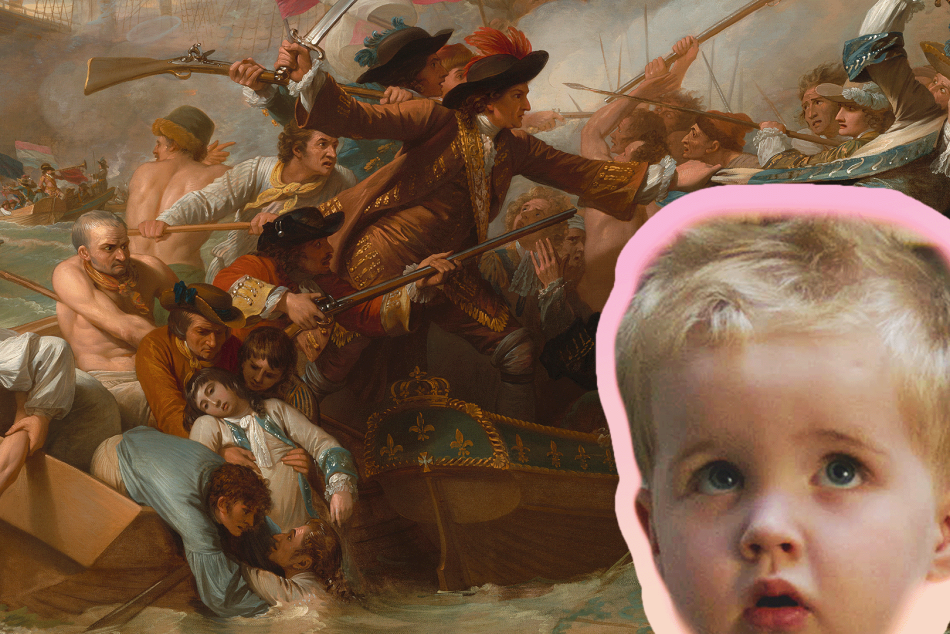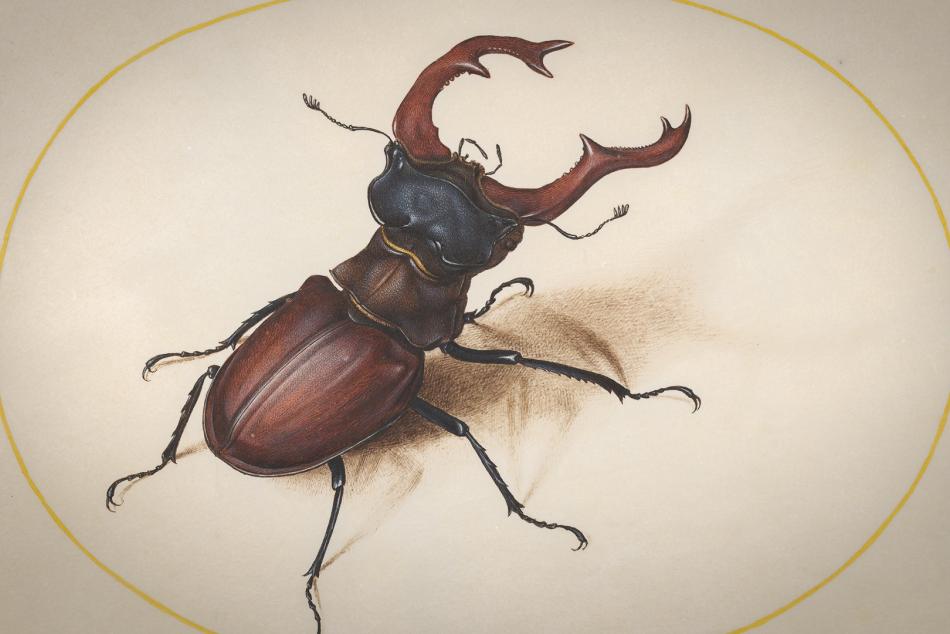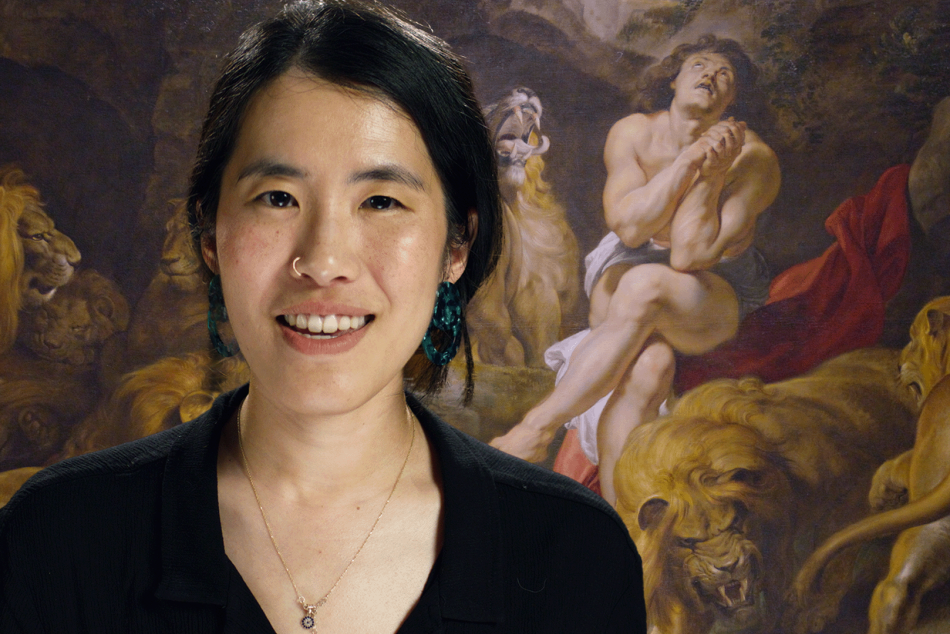Between the Lines: Philip Guston and “Bad Painting”
Wyeth Lecture in American Art, 2011

Bryan J. Wolf, Stanford University
In the years between 1967 and 1970, Philip Guston scandalized the New York art world by renouncing abstraction and turning instead to figurative modes of painting characterized by cartoonish images that mixed Ku Klux Klan hoods, idioms of popular culture, and a private vocabulary of cigars, light bulbs, legs, shoes, and other assorted—and often hairy—body parts. Buried within these often outlandish works are three recurring concerns: questions of pilgrimage, revelation, and epiphany that link Guston to Hudson River School painting of the nineteenth century; a covert interest in writing as a cultural logic that informs his painting practices; and an obsessive focus on line that distinguishes his art from the drips and gestural forms of Jackson Pollock. Ultimately, each of these concerns points to what can be seen as the real focus of Guston’s figurative work: the history and memory of the Holocaust.
Discover more

Video: What Do Kids REALLY Think About Art?
Sharp, hilarious, brutally honest kids react to some of our most iconic works.

Video: He Painted Bugs Like Jewels — And Changed Science
At a time when bugs were mostly feared or ignored, Joris Hoefnagel's exquisite insect drawings invited wonder—and helped change the course of scientific illustration.

Video: Look Closer: The Art of Devotion
Explore powerful stories of devotion, love, and artistic passion through iconic works of art—from religious masterpieces to revolutionary portraits.


